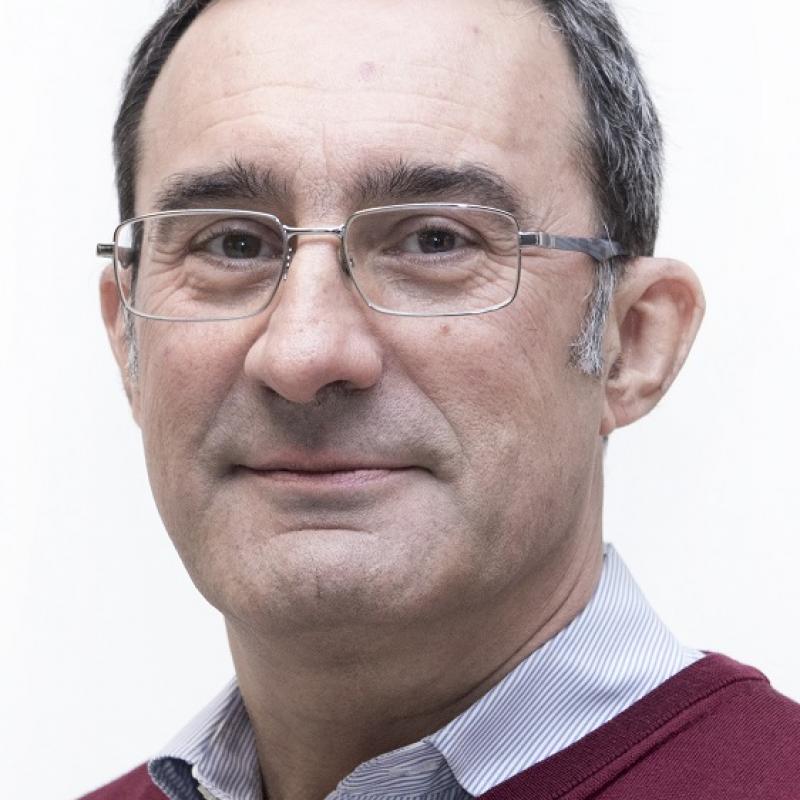I am an evaluator with over 20 years of evaluation practice, mainly as part of the central evaluation offices of two United Nations agencies: FAO and UNDP. Prior to that, I have worked for 10 years for NGOs and for the UN Capital Development Fund (UNCDF) as a rural development expert and programme manager in Afghanistan, Ethiopia and Mauritania. An agronomist by training and a generalist by inclination, I have evaluated programmes a wide array of domains and sectors beyond rural development and natural resource management, such as in the “humanitarian-development nexus” and resilience building, or assistance to democratic governance, rule of law and elections. I have also evaluated development approaches and strategies, such as participatory approaches, programme approach, and global development goals and agendas (MDGs, SDGs).
My contributions
How are we progressing in SDG evaluation?
DiscussionIn their thought provoking, data-packed keynote address to the 14th EES conference in Copenhagen last month, Peter Dahler-Larsen and Estelle Raimondo asked participants to recognize that sometimes, evaluation is more of a problem than a solution. Taking stock of the growth of evaluation as a practice and as a discipline, they argued for a better balance between benefits and costs of evaluation systems.
What happens when evaluators turn their gaze onto themselves? Sometimes this may lead to navel gazing and auto-congratulation, but this is not what Peter Dahler-Larser[1] and Estelle Raimondo[2] had in store for participants of the
Neutrality-impartiality-independence. At which stage of the evaluation is each concept important?
DiscussionI thought I might share some of the lessons we learned from our Evaluation of FAO’s contribution to SDG 2 – Zero Hunger.[1]
I was recently discussing the challenges of evaluating SDG support with Ian Goldman from CLEAR and Dirk Troskie from the Western Cape Government Department of Agriculture, South Africa. They seemed somewhat surprised that we had embarked on such an endeavour, as the causal links between the 2030 Agenda and action at country level are tenuous and hard to pinpoint.
Nations assess their progress against SDG targets through Voluntary National Reviews presented to the High-level Political
The theme of this year's report is "Transforming food systems for affordable healthy diets". The SOFI 2020 report examines the cost of healthy diets around the world, by region and in different development contexts. Food quality is an important factor in food security.
The report uses a number of indicators, and I would like to take this opportunity to talk about the political and cultural dimensions of development indicators, by briefly analyzing two indicators related to the SDG target 2.1 which aims to eradicate hunger, and which (among others) are used in the SOFI report.
The idea

Olivier Cossée
Senior Evaluation Manager FAOTo Chris' question, I am not certain that there will be a successor global development agenda, after 2030. Multilateralism is not in a good place right now. The MDGs were approved after the end of the cold war, but unfortunately, the cold war is making a come back... So, whether there will be enough good will between nations in 2030 to arrive at a successor agenda remains to be seen.